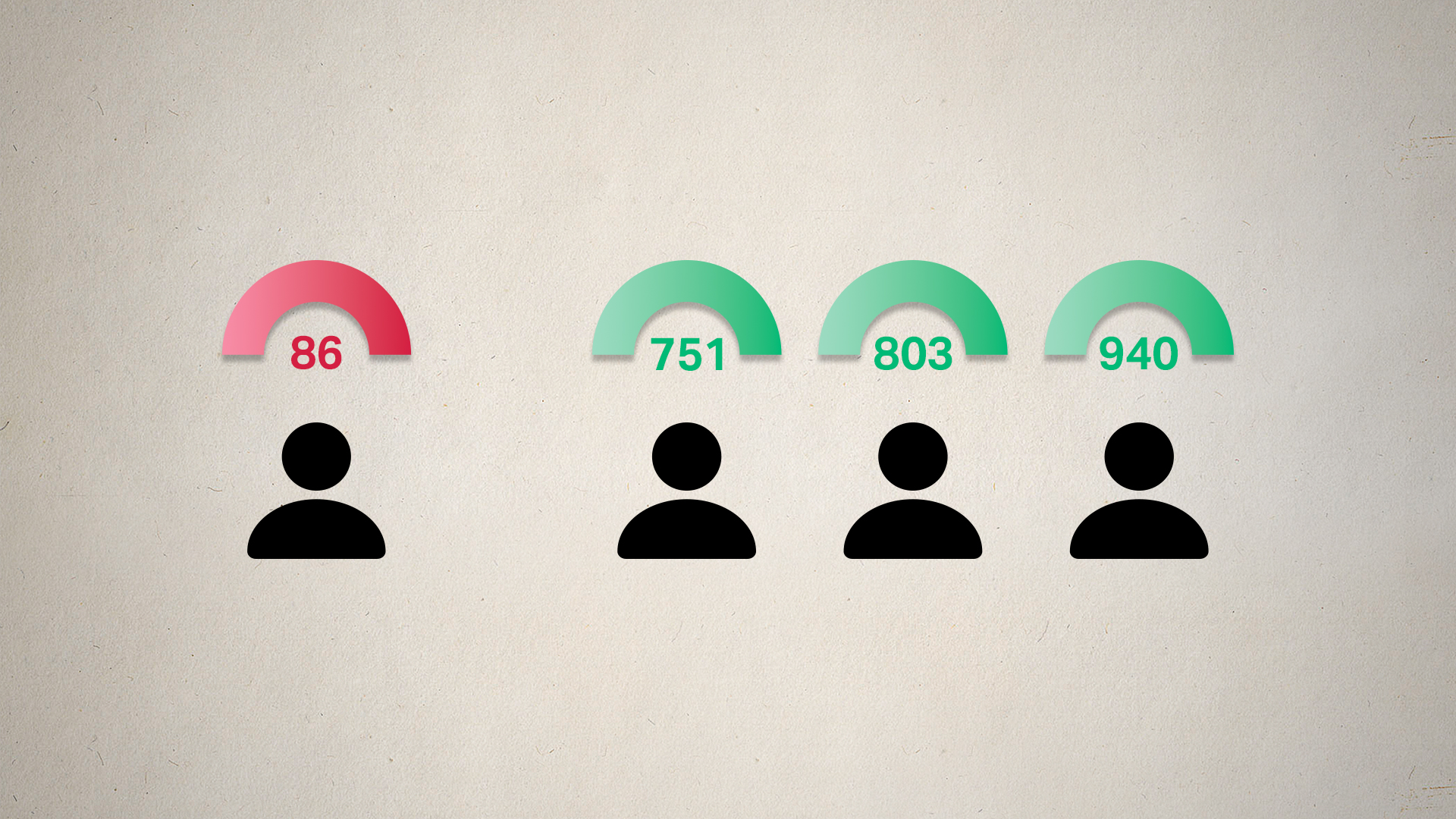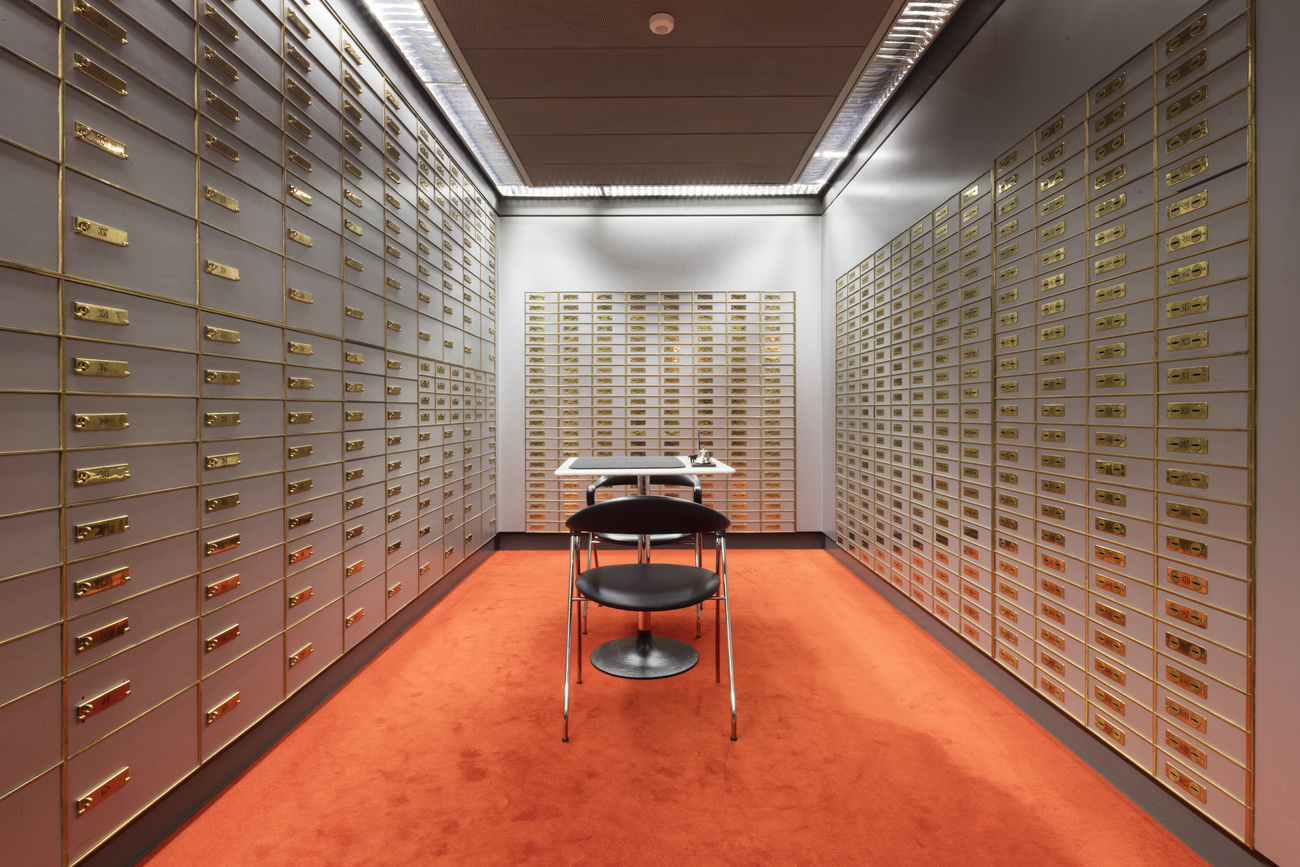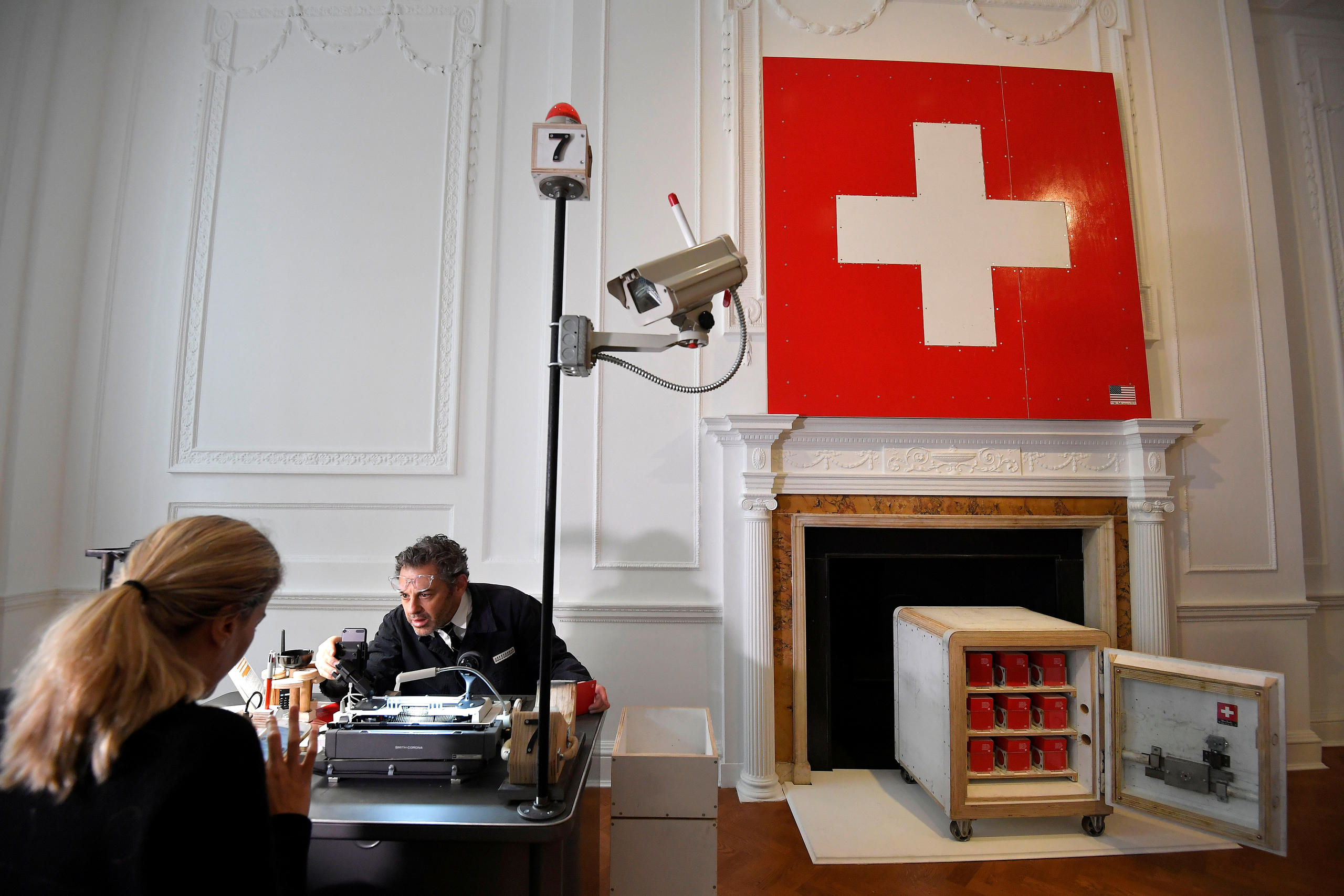
Twenty Swiss francs goes for a few dollars more

Visual artist Paul Rousso has turned an old Swiss banknote into artwork as part of his “Big Money” collection at New York’s Avant Gallery.
The almost two-metre-long version of a defunct CHF20 note is one of a number of replicas on display of various currencies, newspapers, printed magazines and sweet wrappers: all small, discarded objects of our everyday Western culture.
Rousso says the collection commemorates the “rise and eventual fall of paper and ink”. With the emergence of cryptocurrency and non-fungible tokens (NFTsExternal link), this is happening faster than he thought.
It’s all about the money
Titled ‘A Swiss Twenty’, the artwork derives from the eighth series of banknotes issued by the Swiss National Bank (SNB) between 1995 and 1998.
The bank was given exclusive rights to issue Swiss money in 1907. Since then, it has put a new banknote series into circulation every 20 years on average. Since April 2021 the eighth series has not been legal tender, making way for the newest series in circulation today. The eighth series, designed by Jörg Zintzmeyer, was devoted to famous Swiss figures like architect and designer Charles-Édouard Jeanneret, better known as Le CorbusierExternal link, depicted on the ten-franc note, and historian of art culture Jacob BurckhardtExternal link, who features on the 1,000-franc note.
Rousso says he chose this particular note because he likes “how the Swiss honour artists on their currency”, and he likes the portrait of composer Arthur HoneggerExternal link.

Bringing pop art into the 21st century
Born in North Carolina in 1958, Rousso was fascinated as a young art student by the pre-modern painters’ attempts to create ‘perspective’ and ‘illusion of space and depth’. He was also struck how seminal pop artists of his own generation like Jasper JohnsExternal link and Andy WarholExternal link took a different perspective by taking two-dimensional objects as subject matter and producing flat images. They were following the works of artists like painter Paul Cézanne, who had in turn responded to the advent of photography in 1839 and its revolutionary impact on art – painters like Cezanne had to devise a new way of seeing the world.
Paul Rousso wanted to subvert the conceptual framework adopted by artists of his generation and turn it on its head: ‘Flat Depth’, transforming a flat two-dimensional image to a three-dimensional object and vice-versa. Rousso’s methods include painting, printing, sculpting, welding, and chemistry. His works have been exhibited in galleries and private collections around the world.

In compliance with the JTI standards
More: SWI swissinfo.ch certified by the Journalism Trust Initiative





































You can find an overview of ongoing debates with our journalists here . Please join us!
If you want to start a conversation about a topic raised in this article or want to report factual errors, email us at english@swissinfo.ch.